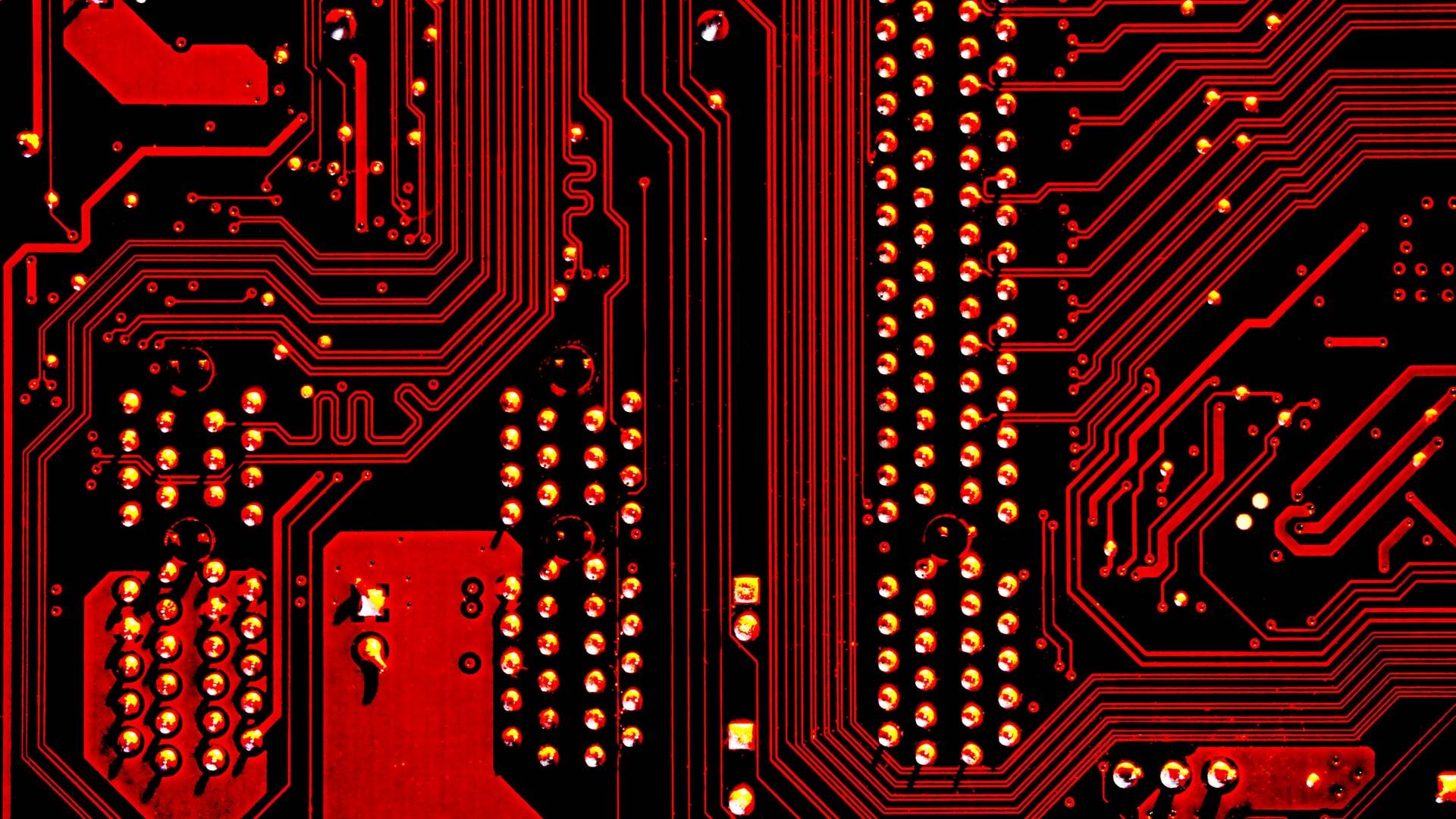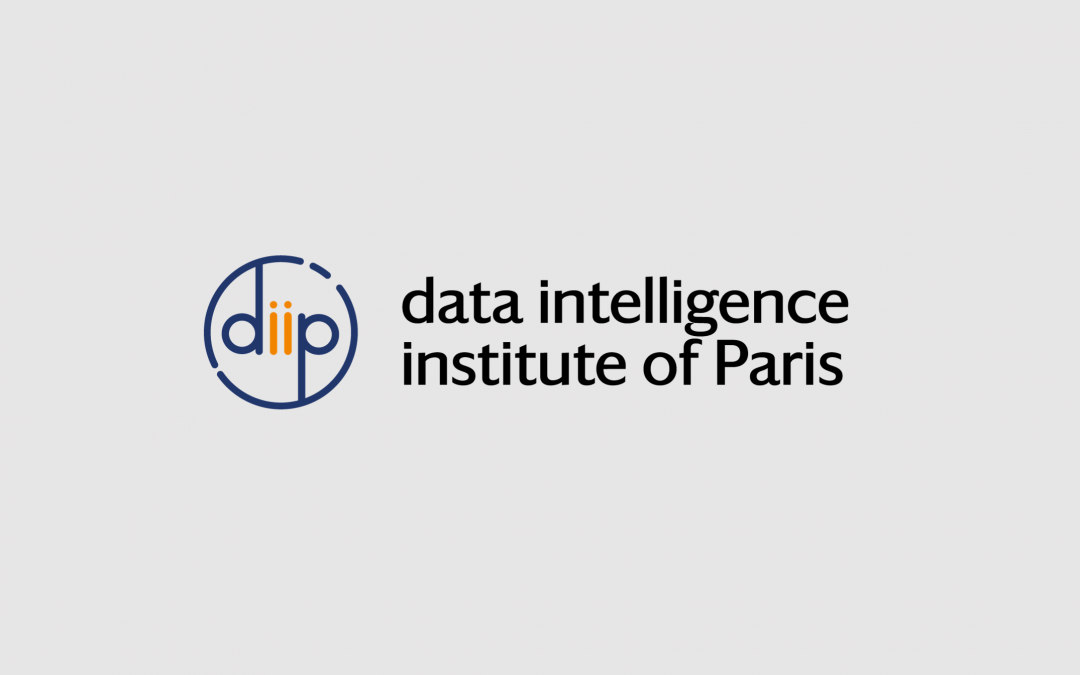On June 30, 2021, diiP hosted the Interdisciplinary Projects Day, where all 16 projects got together and showed their progress.

It had been 6 months since the 16 diiP projects have started their work. The two diiP research associates have started their work on the three selected Strategic projects. The Masters-level interns have also been recruited, and integrated in the interdisciplinary teams, which allowed them to introduce their project’s progress during this Interdisciplinary Projects Day.
Below are the posters presented during the event, showcasing the progress made and the main questions the project has so far responded to.
Strategic projects
Digital Pathology: when AI meets with anatomo-pathology
PARKER — Planetary lidAR seeKing for lifE signatuRe
Autoimmunity/inflammation Through RNAseq Analysis at the single Cell level for Therapeutic Innovation – ATRACTion
Masters projects
Inferring cultural transmission of reproductive success through machine learning methods
Large image time series analysis for updating vineyard geographic databases
Smoothing of incomplete air pollution regions of interest from satellite observations
Combining visual and textual informations for enhancing image retrieval systems in radiological practices
Automatic production of environmental indicators from freely available remote sensing data: from a global to a local scale
Machine learning model of volcanic lava properties helps understanding the dynamics of volcanic eruptions
ComplexNeuroViz: Complexity Visualisation for Neural Machine Translation
Machine learning for the study of EEG data recorded during general anesthesia
Influence of blood pressure and aqueous humor dynamics on the response to glaucoma medication: a data-driven computational study
Machine Learning techniques applied to eye movement analysis for early screening of learning disorders in young children
Artificial Intelligence for source deblending in the next generation of astrophysical big data imaging surveys – Combining Euclid and LSST
Malvasia - MAchine Learning to VAlue Single Interferometer Analysis
À lire aussi

Nikos Paragios – Seeing the Invisible – Doing the Impossible: Reinventing Healthcare with Generative AI-powered diagnosis, treatment and beyond
Nikos ParagiosDecember 04, 2024Vulpian Amphitheater, 12 rue de l’École de Médecine (75006 Paris) Nikos Paragios (52) is distinguished professor of Mathematics (on partial leave) at Ecole CentraleSupelec, the school of engineering ofthe University of Paris-Saclay and...

Deeply Learning from Neutrino Interactions with the KM3NeT neutrino telescope
2022 PhD/ DIAI Projects @AstronomyParticle physics and graph neural networks Santiago PENA MARTINEZ Project Summary A new generation of neutrino experiments is in the horizon looking to explore many of the open questions on neutrino properties and searching for...

Alon Halevy – Well-being, AI, and You: Developing AI-based Technology for Well-being
Alon HalevyDecember 04, 2024Vulpian Amphitheater, 12 rue de l’École de Médecine (75006 Paris) Alon Halevy is a Distinguished Engineer in Google Cloud. From 2019 until November 2023, he was a director at Meta’s Reality Labs Research, where he worked on Personal Digital...

Shen Liang – Knowledge-guided Data Science
Shen LiangMay 18, 4 PM online (zoom) linkedinAbstract This tutorial presents an overview of knowledge-guided data science, a rising methodology in machine learning which fuses data with domain knowledge. We will present numerous case studies on this methodology...
